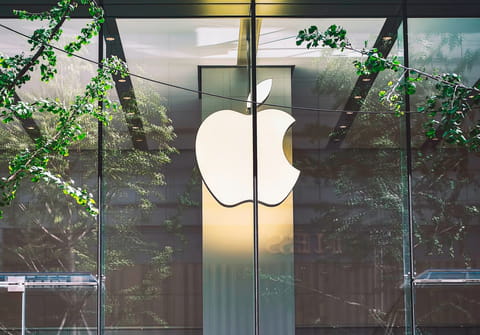How to format an external drive on Mac

At some point, you will need to format a USB stick or an external drive using your mac, either because you want to delete data or to make it compatible with your mac operating system. Hopefully, you already have all the tools you need, and you can easily format it in a few minutes.
Format a USB or drive on Mac
- Plug your USB stick into your computer.
- Go to Applications > Utilities > Disk Utilities, and the disk utility application will open.
- Select your USB stick on the left panel.
-
Click on Erase on the top toolbar, and a prompt will appear.
-
Choose the name you want for your device.
-
Choose the format that fits your needs. If you only need to use the USB stick on Mac, then choose Mac OS Extended (Journaled). If you need to use the USB stick on Mac and other OSs or devices, then you should choose ExFAT.
-
You will then be asked to choose a name for your drive and the desired format. Mac OS Extended (Journaled) is the preferred format, but depending on your requirements, select the best option that fits your needs.
-
Depending on whether you have stored sensitive data on your USB stick, you may need to fully remove them. Click on Security Options and pick the security level that fits your needs.
-
Once you are ready, click on Erase and wait for the process to finish.
File system formats
ExFAT: It is the best option if you plan to use the device on several operating systems such as macOS, Windows, Linux, consoles, etc.
MS-DOS(FAT): You can also choose this option for cross-device compatibility, but you will trade file size for performance as you will not be able to store files larger than 4GB but it will copy and write faster.
Mac OS Extended (journaled): It is the preferred format if you plan to use the device only on macOS computers.
Mac OS Extended (Case-sensitive, journaled): It is the preferred format if you plan to use the device only on macOS computers, the difference is that all folders' name are case-sensitive (a folder named EXAMPLE is not the same folder as another one named example).

